This website uses cookies so that we can provide you with the best user experience possible. Cookie information is stored in your browser and performs functions such as recognising you when you return to our website and helping our team to understand which sections of the website you find most interesting and useful.
Your support helps us to tell the story
Our mission is to deliver unbiased, fact-based reporting that holds power to account and exposes the truth.
Whether $5 or $50, every contribution counts.
Support us to deliver journalism without an agenda.

Louise Thomas
Editor
Nothing unimportant happens at The Plaza,” it was once said of New York’s dazzling Gilded Age hotel fringing Central Park. Who uttered this bold statement remains a mystery, but many like to believe it was F Scott Fitzgerald, author of The Great Gatsby and Plaza regular along with his wife Zelda, in the Roaring Twenties. A lavish suite here is also where one of the novel’s key dramatic scenes takes place. From my white-clothed table next to a tall potted palm, I glance over at the curved bar opposite. I can easily picture the party-hungry pair perched on high stools, chatting and laughing, wafting around cigarettes in holders and chugging back cocktail after cocktail.
My daydreams take place while I’m indulging in a Central Park afternoon tea at the hotel’s legendary Palm Court. Sipping champagne beneath the room’s ornate Victorian glass skylight, I must confess to feeling quite important. Even the tiny cucumber sandwiches are a major event – dainty bite-sized morsels with lemon zest and mint labneh – and the bizarre-sounding egg custard and jam combo a pleasant surprise.
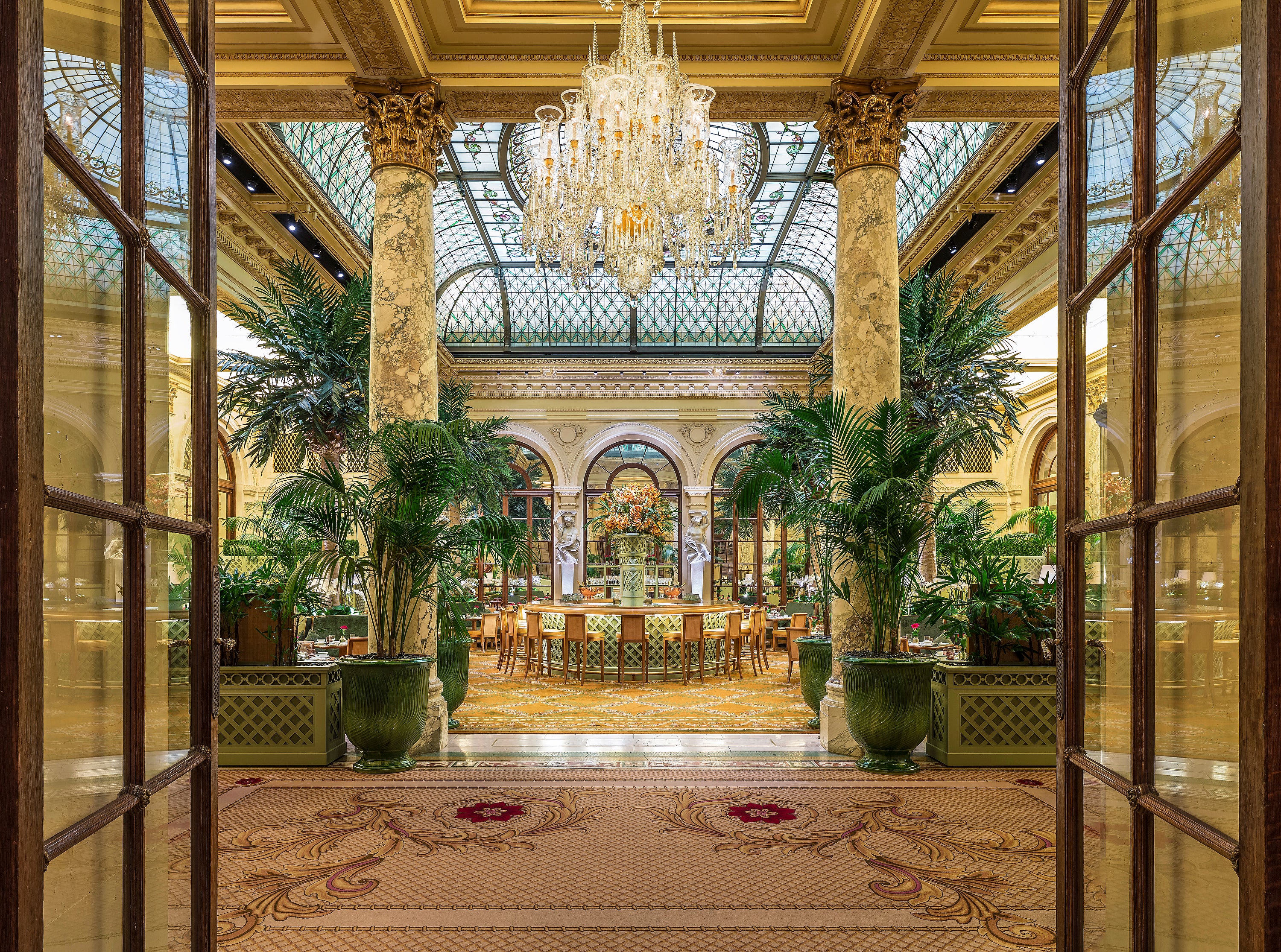
Ahead of The Great Gatsby‘s 100th anniversary in 2025, I was at the start of a whistlestop weekend trip to discover the real-life setting that inspired the novel, which would start and end in Manhattan. But first, I had to peel myself away from the opulence of the Plaza, and my Gatsby Suite: a $2,500 (£1,912)-a-night Art Deco dream created to honour Australian film director Baz Luhrmann’s 2013 movie, The Great Gatsby, starring Leonardo DiCaprio.
In 1922, a year after giving birth to their daughter, Scottie, the Fitzgeralds swapped the hedonism of Manhattan’s Jazz Age nightlife for Long Island’s North Shore, a waterside enclave of wealth a one-hour train ride from Manhattan. It was known as the Gold Coast in its heyday, flecked with glittering Gilded Age mansions, a few of which you can still visit today. For a short while, this was where the Fitzgeralds raised their daughter while mingling and partying with their new elite neighbours. And it was this lifestyle that influenced Fitzgerald to write The Great Gatsby.
At Penn Station in Midtown Manhattan, I hop on the Long Island Railroad. It’s not long before I pass through the Valley of Ashes, a one-time industrial area of Queens, where Myrtle – Tom Buchanan’s mistress – and her long-suffering husband George Wilson lived: “a fantastic farm where ashes grow like wheat into ridges and hills and grotesque gardens”. Nowadays, it’s a leafy area known as Flushing Meadows-Corona Park, home to the Arthur Ashe Stadium where the US Open tennis tournament is held.
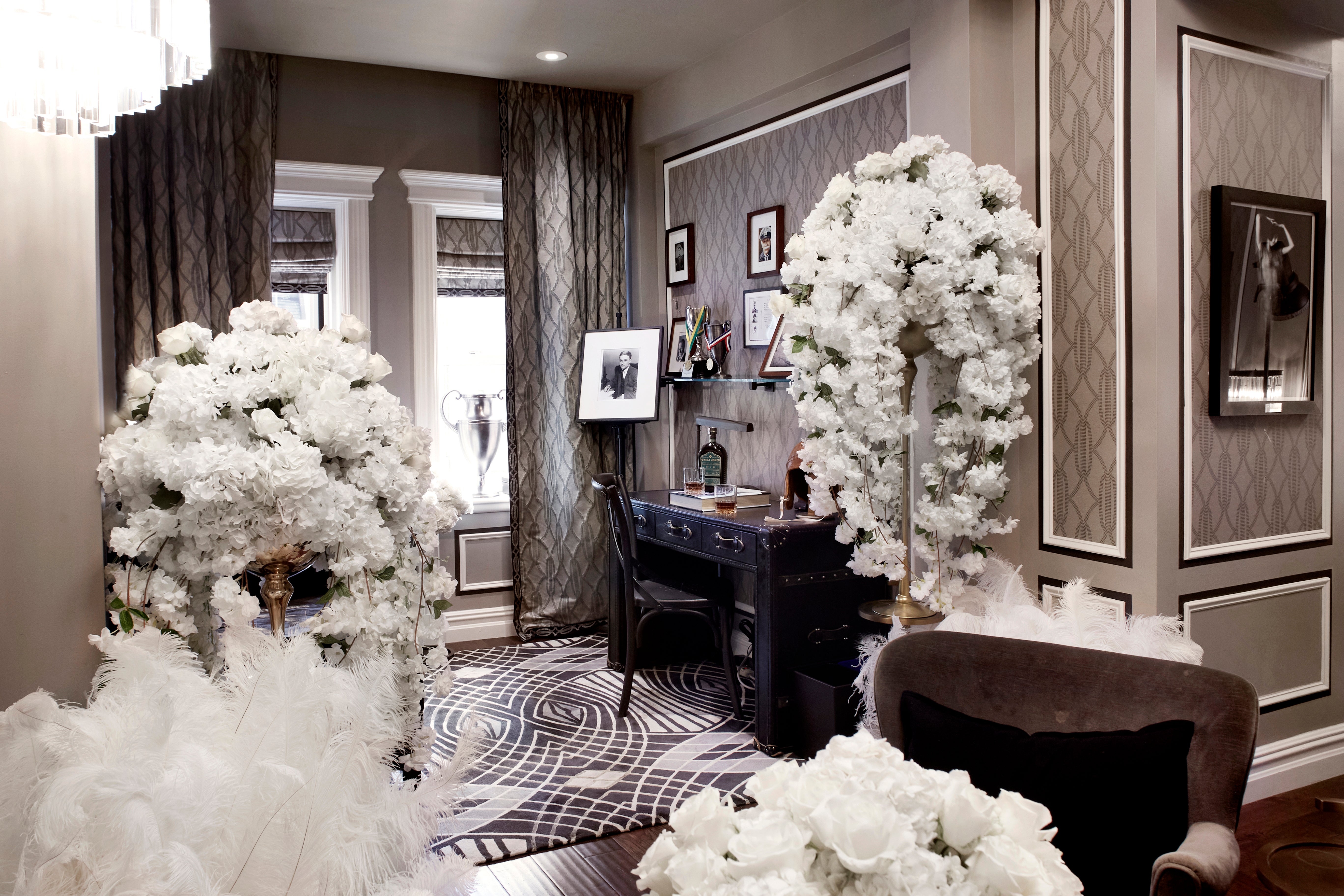
Within an hour, and just $14 later, I make it to “the slender riotous island”, checking into the slightly less lavish but cosy, Art Deco-themed Inn at Great Neck. This is the town Fitzgerald once called home that inspired Jay Gatsby’s new-monied playground, West Egg, located across the glittering waters of Long Island Sound from Tom and Daisy Buchanan’s fictional old-monied East Egg patch – the wealthy village of Sands Point in real life.
Read more: How the Catskills became the long weekend summer getaway for New Yorkers
“That elegant white house over there with dormer windows is thought to have inspired Tom and Daisy Buchanan’s mansion,” announces bubbly New York native, Eleanor Cox-Nihill, through a microphone from inside the steering house. “The ceiling in the main room resembles the ‘frosted wedding cake of a ceiling’ Fitzgerald describes in the novel,” she reveals. It’s a scorcher of a New York July day and I’m on the brilliant Great Gatsby Boat Tour around Manhasset Bay on the Long Island Sound – the same tour Luhrmann and his wife Catherine Martin took to research the blockbuster.
It’s the perfect way to get a feel for the book’s North Shore setting, an area marked by a series of peninsulas, running east from Douglaston to Huntington. As we float around Long Island Sound, Eleanor points out Jazz Age-era homes and yacht clubs, albeit a fraction of the 600 or more once scattered around the area.
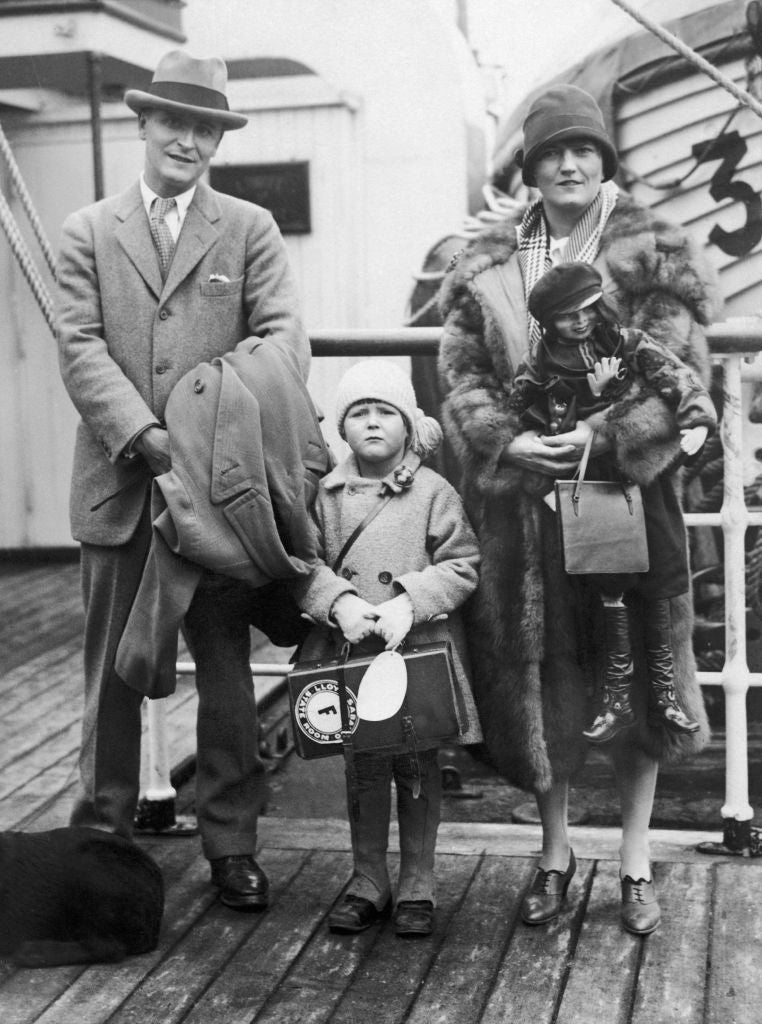
Later we enjoy a refreshing East Coast sunset cocktail – lots of vodka and strawberry – on the deck at Louie’s. This airy steak and seafood spot in Port Washington (East Egg side), draws a big local crowd for its good food and Manhasset Bay setting.
After lunch, Eleanor kindly offers to drive me around the North Shore’s best Jazz Age-era sights, starting with a detour back to Great Neck at Gateway Drive for a peek at the house the Fitzgeralds lived at for almost two years. I noticed a distinct shift in atmosphere from chi-chi Port Washington to more ordinary Great Neck (West Egg). It feels surreal to be standing in front of the grand, yet modest detached home where Fitzgerald wrote his famed book. Shaded by a huge weeping willow tree, Zelda called it their “nifty little Babbitt home”.
At the peaceful Sands Point Preserve (East Egg), we follow the nature trails of sandy tracks lined with wildflowers through forest, meadows and gardens, and back for a tour of Falaise, one of the North Shore’s best-preserved Gilded Age mansions, with incredible views over to New Rochelle, a pleasant suburb of New York City.
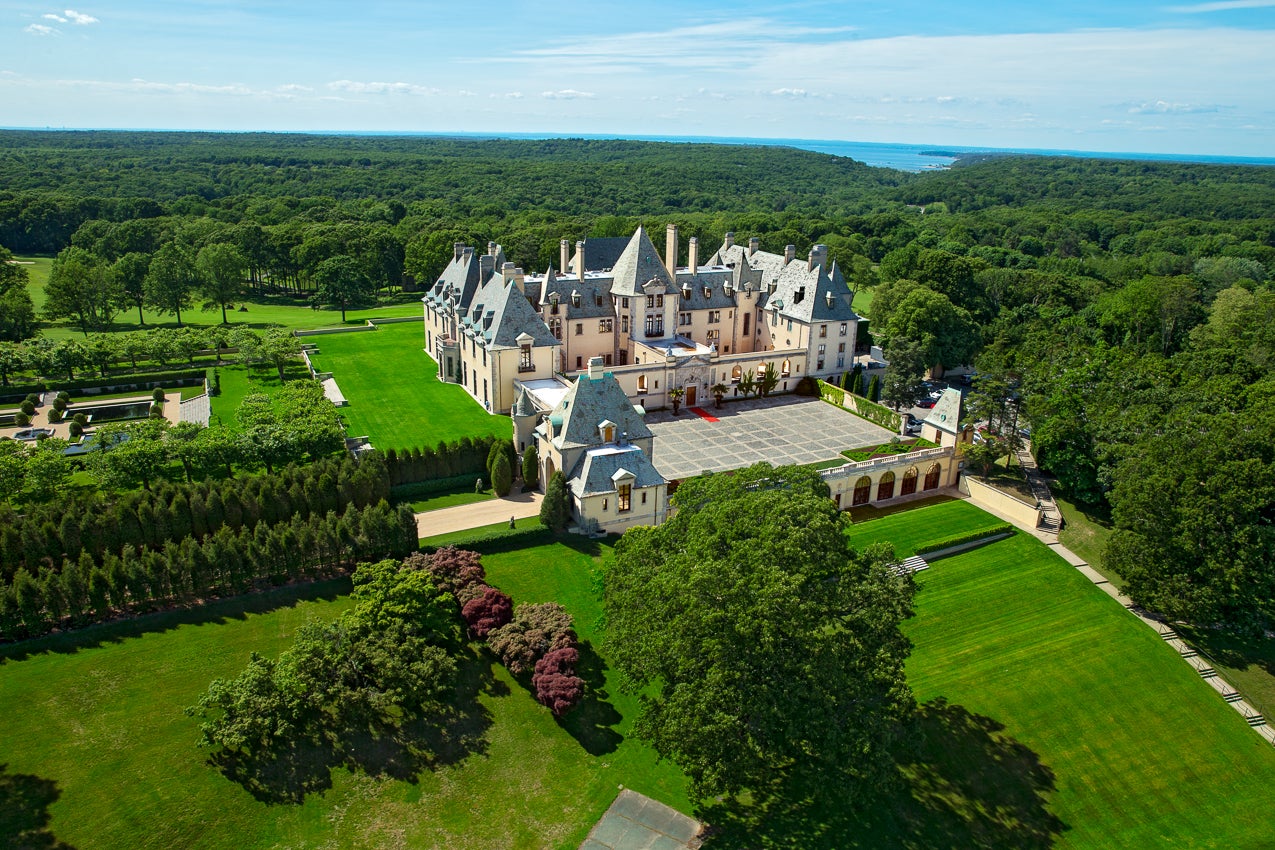
Named after a village in Normandy in France and modelled on a French country manor, Falaise was built by Harry F Guggenheim in 1923, cousin to the famous art collector, Peggy Guggenheim. He was good friends with the aviator, Charles Lindbergh, a regular guest, whose estate car is still in the courtyard garage. We take in the dark wood-clad interior, the tour ending in the dining room – the setting for the famous scene in The Godfather involving the discovery of a horse’s head in a bed.
Read more: Ghostbusters is turning 40 – so I explored the streets of New York like one
Neighbouring Hempstead House, another Sands Point mansion, was closed for a wedding, leaving time for a quick lunch at the homely Glen Cove Diner in quiet Glen Cove, on a peninsula opposite Falaise. From here, it’s not far to Coe Hall, a 65-room Elizabethan revival home built in 1918 by a British insurance magnate, in the Planting Fields Arboretum State Park, with plenty of shady corners for escaping the heat.
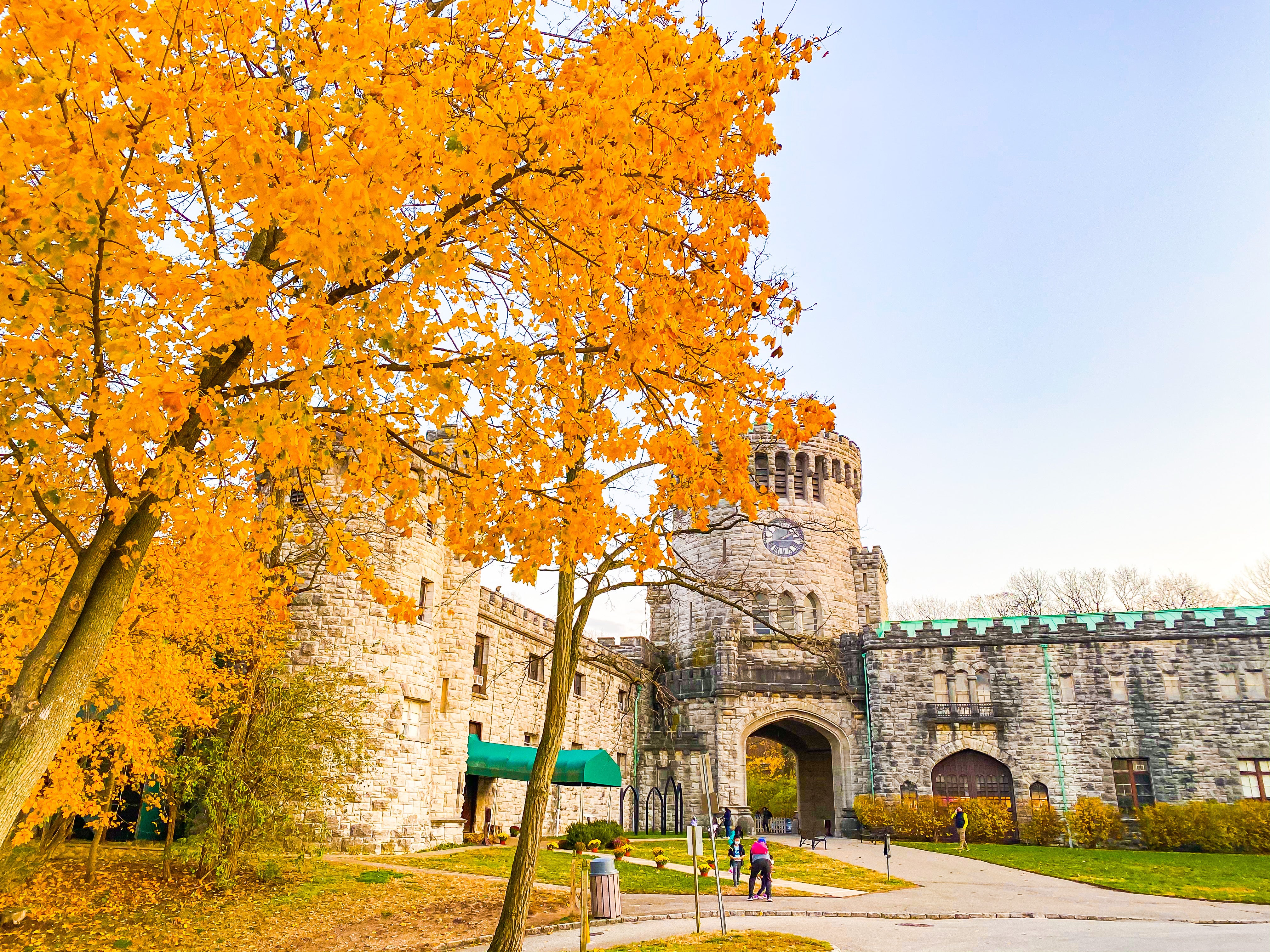
Grandest of them all is Oheka Castle in Huntington, a stunning French chateau-style manor that's said to have inspired Gatsby’s mansion. When it was built in 1919, it was the second-largest private home in America – and the setting for many a Gilded Age party. Today, it’s a fancy hotel with 127 rooms, the landscaped backdrop for the annual spring garden party A Great Gatsby Affair, and nightly Gatsby Hour in the historic bar.
Read more: How sober-curious speakeasies have become New York’s hottest new night out
From here, the modern-day Gatsby heads further east for the Hamptons, the glossy beachside enclave at the end of Long Island’s South Fork. This is where sophisticated – and rich – New Yorkers escape for summer sun, and many celebrities have homes. As much as I want to continue my journey east, I have a ticket to The Great Gatsby on Broadway. True to my Gatsby-themed weekend, I travel back to New York by car over the Queensboro Bridge as the novel’s narrator, Nick Carraway does at one point. I’m eager to catch that first glimpse of the city skyline through his eyes “in its first wild promise of all the mystery and beauty in the world”, an image and energy captured almost 100 years ago that still resonates today.
How to do it
Virgin Atlantic flies direct between London Heathrow and New York JFK with return fares from £371 per person. National Express offers low-cost coach travel to London Heathrow from £5.20. Holiday Extras provides airport ‘extras’, such as airport parking and lounge access; Blacklane provides a global chauffeur service, including airport transfers.
Read more: How to eat your way around the world on the 7 line through Queens in NYC



 Africana55 Radio
Africana55 Radio 
